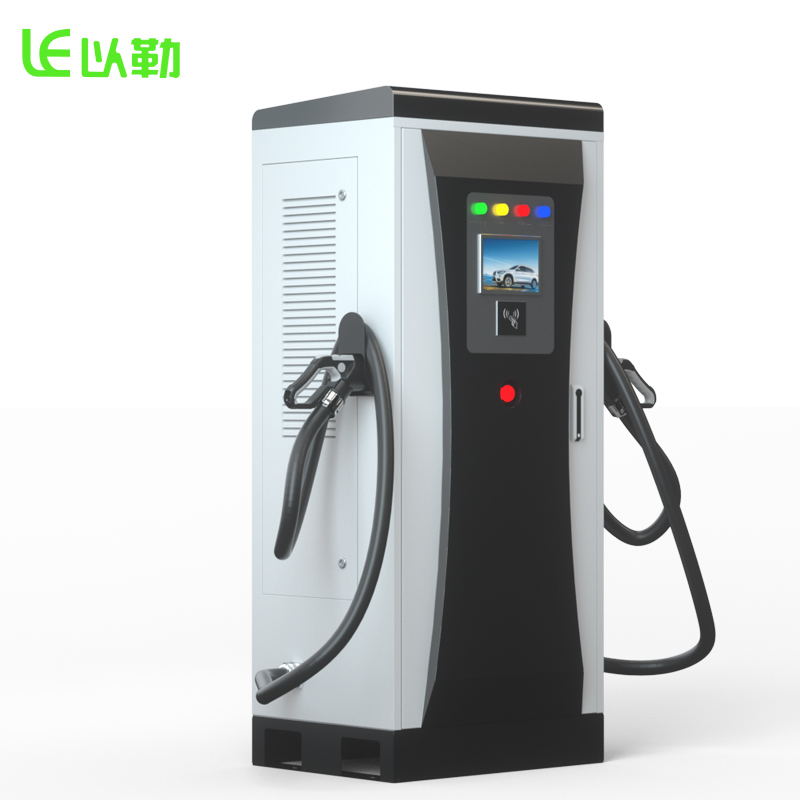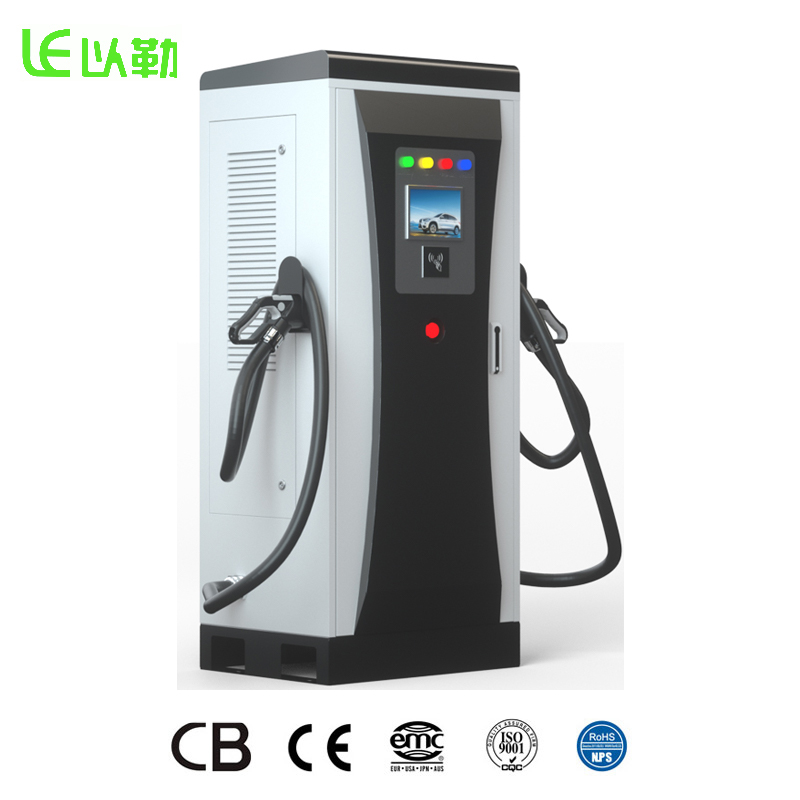The power supply system of the DC EV charging station should provide power exclusively for the electric vehicle charging station, and should not be connected to other power loads that are not large. Its capacity should meet the requirements of charging electricity, lighting electricity, monitoring electricity, and office electricity. It not only provides the electrical energy required for charging but is also the basis for the normal operation of the entire charging station. The design of the system should have the characteristics of safety, reliability, flexibility, economy, and so on. So what is the design and outlook of the DC EV charging station? Let’s take a look.
Here is the content list:
l Design
l Outlook
Design
1. Business Model
The charging business model refers to a model in which electric vehicle users choose a DC EV charging station and a charging station at a fixed location to directly charge the car’s battery when the car’s power is about to run out. This is the first business model considered by electric vehicle charging stations. In this business model, electric vehicle users complete the transaction by directly charging the car at the charging station/charging pile, consuming power products immediately, and paying through the on-site payment model. To this end, the construction of a corresponding electric vehicle charging and billing system and the introduction of a centralized information management platform are an important part of the construction of an electric vehicle DC EV charging station.
2. System structure
DC EV charging station can be divided into four sub-modules according to functions: power distribution system, charging system, battery dispatching system, and charging station monitoring system. There are generally three ways to charge the car at the charging station: ordinary charging, fast charging, and battery replacement. Ordinary charging is mostly AC charging, which can use 220V or 380V voltage fast charging is mostly DC charging. The main equipment of the charging station includes chargers, charging piles, active filter devices, and power monitoring systems.
To build an electric vehicle charging and billing system, the implementation of the system consists of three parts, which are described below:
1. Build a charging and billing system management platform for DC EV charging station to centrally manage the basic data involved in the system, such as electric vehicle information, electricity purchase user information, asset information, etc.
2. Build a charging and billing system operation platform for the operation and management of the charging and discharging of electric vehicles and the recharge of electricity purchasers.
3. Build a charging and billing system query platform for the DC EV charging station, which is used to comprehensively query the relevant data generated by the management platform and the operation platform.
Outlook
With the increase in the number of charging facilities of DC EV charging stations and the increase in operation time, the EV data that can be collected by the system will increase exponentially, showing a large number of real-time, dynamic, and diverse characteristics. Cloud computing and big data analysis can be used for these data to accurately describe the user’s travel behavior, accurately locate the charging demand and realize dynamic analysis, and provide a data basis for the rational planning of charging facilities. With the high proportion of new energy terminals with various characteristics of energy production, storage, and consumption, such as distributed power sources, EVs, and distributed energy storage elements, connected to the power system, the modern power system presents complex nonlinearity, strong uncertainty, strong due to the characteristics of coupling and other characteristics, artificial intelligence technology is expected to become an effective method to solve such complex system control and decision-making problems. Using the strong learning ability of artificial intelligence technology can effectively analyze the driving patterns of EV users and accurately predict the charging load; the logical processing ability of artificial intelligence technology can be used to analyze the game between various stakeholders in the EV industry chain, and carry out the planning and operation level collaborative optimization. With the construction of the ubiquitous power Internet of things, it is expected to realize the interconnection of all things in all aspects of the power system, human-computer interaction, a smart service system with comprehensive status perception, efficient information processing, and convenient and flexible application, which has also brought about the development of the EV industry opportunities and challenges.
With the new generation of 5G communication technology becoming the future development trend, the vehicle road network based on the 5G platform is expected to achieve interconnection, and DC EV charging station users can achieve sufficient information and energy exchange with intelligent transportation systems and smart grids to achieve automatic search. Pile, intelligent charging, automatic deduction. Power grid companies and charging equipment operators will be committed to building charging facilities into a smart energy service system and an important part of the power Internet of Things.
The above is about the design and prospect of a DC EV charging station. If you are interested in the DC EV charging station, you can contact us. Our website is www.ylvending.com.
Post time: Aug-22-2022





